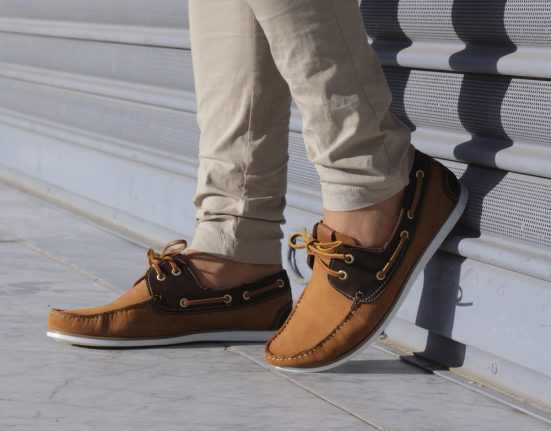Avoid stereotypes when dressing up your little one and encourage her to make her own choices. Teach your child that fashion is not just about clothes but a reflection of her personality
Being an in-house fashion stylist is another job title that mothers should add to the long list of roles they play as a parent. As mothers, we have been overseeing our child’s wardrobe, ever since we picked the first sweet baby sleeper for our little ones. By the time a baby girl turns three, she develops a choice of her own and starts directing her mother towards the clothes and shoes she would like to wear. Don’t be surprised if your preschooler starts taking control of her fashion choices. At that age, children start establishing their own identity and begin separating from you, and this is a safe yet easy way to start asserting their autonomy.
The Beginning of Self-Expression
Have you observed that while shopping, anything that you think is cute gets an instant no from your child? It’s not surprising that young girls no longer approve of wearing tops with animal appliques or dresses with matching hair bands and so on. Rather, they are more likely to be influenced by what their peers are wearing at school. While as parents you wouldn’t want your children to cave in to peer pressure, you should certainly give them the freedom in choosing what to buy and wear. Parents play a definitive role in shaping their child’s personality. By instilling the right values, parents can play a critical role in raising children who in turn would grow up and shape the environment and the world around them.
Children express themselves through lifestyle choices they make. By paying attention to their self-expression, parents can not only understand their children better but also guide them gently as they start navigating from being a child to a teenager.
The fashion and lifestyle choices children make help them discover themselves. Parents should allow their child’s personality to flourish and not force them into a box they don’t fit in. For instance, mothers should never force their baby girls to slip into flouncy party frocks, if their daughters are more inclined towards wearing Spiderman tees or Superman capes; or vice versa.
Clothes and Compassion
However, there is a fine line a parent need to tread while giving their child the necessary freedom and guiding them on what could benefit or harm them. Children are impressionable and therefore need to be reminded not to solely focus on outer appearance. It is important to teach and remind them that there is more to an individual than the clothes or shoes they wear.
A simple step like short-listing clothes which can be given away to someone in need before heading to a retail store goes a long way in instilling a balanced approach towards an otherwise sporadic shopping spree.
As children grow into mini-adults, they need to feel important. It is necessary to make your child believe that his/her choice matters. Encouraging children to pick clothes they are comfortable in and taking their opinions about what they feel comfortable in and what they don’t is another step towards building open channels of communication.
Here are the top recommended behavioural tactics which can help parents address this issue:
1. Neutral Choices – First and foremost, parents should encourage their children to make gender neutral choices. They should dispel stereotypes that either refrain boys from wearing pink or endorse young girls to only dress up like princesses. This is a simple yet an effective way of teaching children to be open to different choices and people and can go a long way in helping them become individuals who don’t believe in or are not conditioned by gender stereotypes.
2. Appropriate clothing – Parents should instil a sense of what’s suitable for any occasion and what’s not appropriate for a particular place. Graphic tee which may flaunt an inappropriate slang or phrase could be replaced with one that has positive and catchy tagline printed on it.
3. Earmark the stores – Before heading out to a mall with your child, settle on a store or two to check out. For instance, if either of you dislikes most of the clothes at a particular shop, it’s best to just avoid it. Instead, stick with a recommended store or go to one where you have never bought clothes before. This approach may satisfy your child’s desire for a change by choosing outfits of their own choice
4. Hands-off approach – In a store, be as hands-off as you can handle. Let your child cruise the racks while you provide occasional guidance, like pointing out outfits that are their size. Figure out ways to admire what they’ve chosen, be it a sparkly tee or a denim skirt. Letting them make their own choices with gentle guidance, helps them in becoming more confident.
5. Discuss the budget – It is perfectly alright to discuss a budget with teenagers prior to their shopping spree. In other cases, parents should gently guide children to choose another option in case they pick up an outfit which is more expensive than the set budget. When kids have a say in what they want to wear, they take to the idea of ‘getting ready’ on their own faster, which is another step towards making them more independent.
The fashion and lifestyle choices our children make, allows them to discover themselves. The idea is to let their personality flourish, rather than forcing them to fit into a character which does not define who they are.








